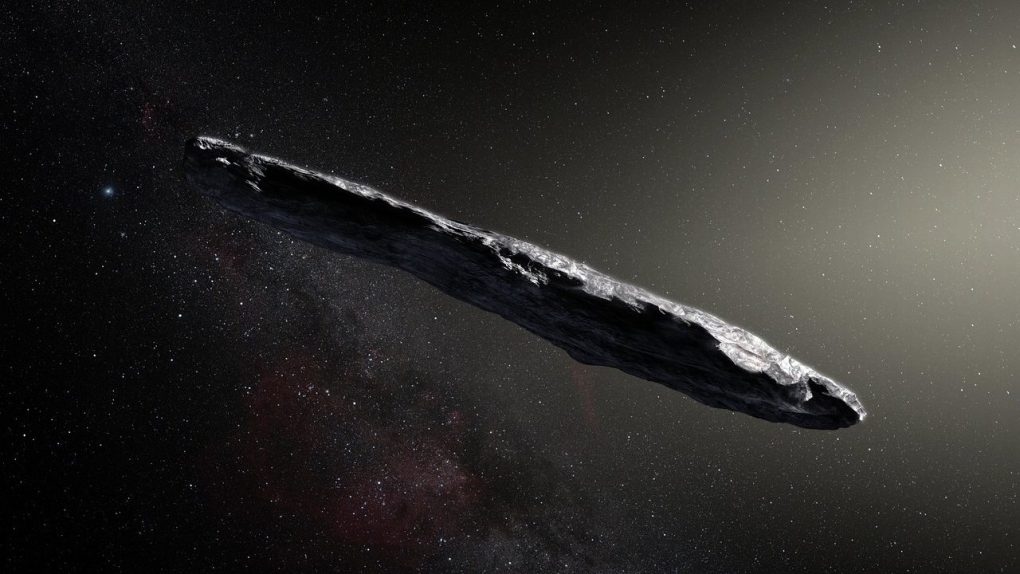The bizarre, twisted saga of Oumuamua — the strange object that whizzed through our solar system so fast it wasn’t even spotted until it was already leaving — just got another chapter. A new paper published in Nature Astronomy declares that the object, which puzzled researchers for months, was definitely (probably) not an alien spacecraft. Phew.
Oumuamua was originally discovered back in October of 2017. It sped through our system and headed back out to space, becoming the first known interstellar visitor to be observed by humans. It was an exciting time for astronomers, even if nobody really knew what the heck it was.
The earliest observations suggested it was either an asteroid or a comet, and which of those two categories it fell into was hotly debated for months. Some researchers even took the bold step of suggesting that maybe it was some kind of ship, alien probe, or even a piece of alien spacecraft debris.
The particularly wild guesses didn’t sit well with many in the scientific community who claimed there was no evidence to suggest the object had alien origins. This latest study takes a far more grounded approach to explain where Oumuamua came from, suggesting that because there was no visible cloud or tail following it, that it was indeed an asteroid.
It didn’t behave like an asteroid, and actually sped up as it exited our system, but the researchers propose a whole host of possible natural explanations for its seemingly unusual behavior. Beyond that, the team hints that Oumuamua may actually not be the only interstellar visitor cruising through our neck of the cosmic woods.
“In the next 10 years, we expect to begin seeing more objects like ‘Oumuamua. The [Large Synoptic Survey Telescope] will be leaps and bounds beyond any other survey we have in terms of capability to find small interstellar visitors,” Matthew Knight, co-lead author of the work, said in a statement. “We may start seeing a new object every year. That’s when we’ll start to know whether ‘Oumuamua is weird, or common. If we find 10-20 of these things and ‘Oumuamua still looks unusual, we’ll have to reexamine our explanations.”








